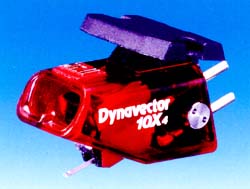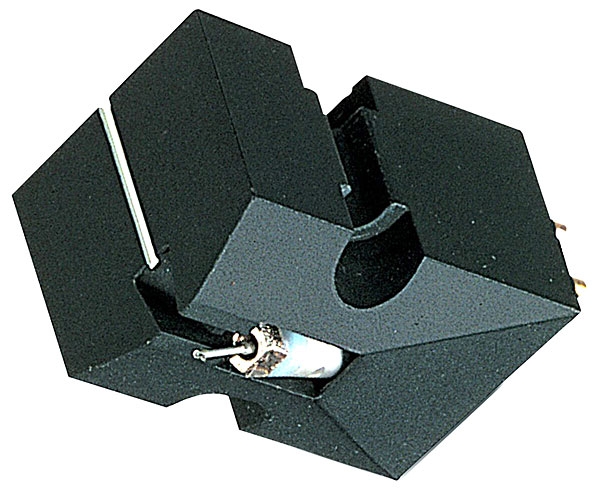The Honda Civic of cartridges has arrived. There are better ones, there are worse ones, but you always know what you’re getting – a quality product that does the job you bought it for. It’s neither flashy or very entertaining, but it’s competent, surprisingly sophisticated, and excellent value for money. As a result, it has been in production for decades, with its creator never feeling compelled to discontinue it. Indeed, all it has done is get fractionally more expensive every year, and now sells in the United Kingdom for the princely sum of £35.
Its larger twin, the now-discontinued AT-110E, was always the better choice, providing noticeably greater finesse for only a few dollars more. Its smaller brother, the AT-93, with its spherical stylus, became a cult favorite. The Linn Basik cartridge was based on it, with the key difference being that Linn cemented the stylus in place for added rigidity. It sounded like a simple tweak, but it made a significant difference. Indeed, the whole generation of nineteen eighties and nineties Linn moving magnet cartridges have the AT-93 (and 95) heavily present in their DNA; if you’re a Linn MM user, you’ll recognize it immediately.
Because the AT-95E’s standard body is constructed of brittle and weak black plastic, don’t overtighten it in the headshell. The motor assembly, which uses the same two magnet construction as Audio Technica’s more expensive AT440MLa and AT150MLX cartridges, outputs 3.5mV (at 1kHz, 5cm/sec) on the inside. This was fantastic when it first came out, but it’s now mediocre. It is claimed to have a channel balance within 2dB, separation at 1kHz of better than 20dB, plus a dynamic compliance of 6.5 (x10-6 cm/dyne) and static compliance of 20. This places the cartridge squarely in the middle; it’s not strange, difficult to match, or a difficult load (at 47k ohm and 100-200pf). Its good elliptical stylus won’t ruin records, and most tonearms will happily track it between 1.5 and 2.5 grammes. It’s also not a challenging fit, weighing only 6.6g.
The AT-95E has the advantage of being better than it should be for the price. A decent tonearm produces a sound that is reasonably detailed, fluid, and musical. It has a good turn of speed, a pleasingly sharp and expansive treble, and a supple bass. The music is lighthearted, cheerful, and flows well. This cartridge is oblivious to its poor position in life, respectfully neglecting to remind you that you’re sitting in the back row. It then hides its tracks efficiently, emphasising its excellent value for money.
The disadvantage is that, despite its magnificent appearance, it is overly opaque. Everything is a little out of focus, rather tonally homogenous, too vague to be as enjoyable as significantly more expensive cartridges. It’s not a complaint; you could do a lot worse for the money; it’s just that it constantly makes you want more. When you upgrade, you may find it difficult to go back to the AT-95E because of its lack of complexity and subtlety.
However, with a pickup this cheap, a lack of delicacy isn’t a big deal, and fortunately, there’s now an easy method to modify it. Fitting an LP Gear AT-N95VL stylus goes a long way toward addressing these shortcomings, and for roughly £70, it becomes a very good budget instrument. Overall, the Audio Technica AT-95E isn’t a world-beater, but it’s a terrific entry-level cartridge that can also be upgraded.







